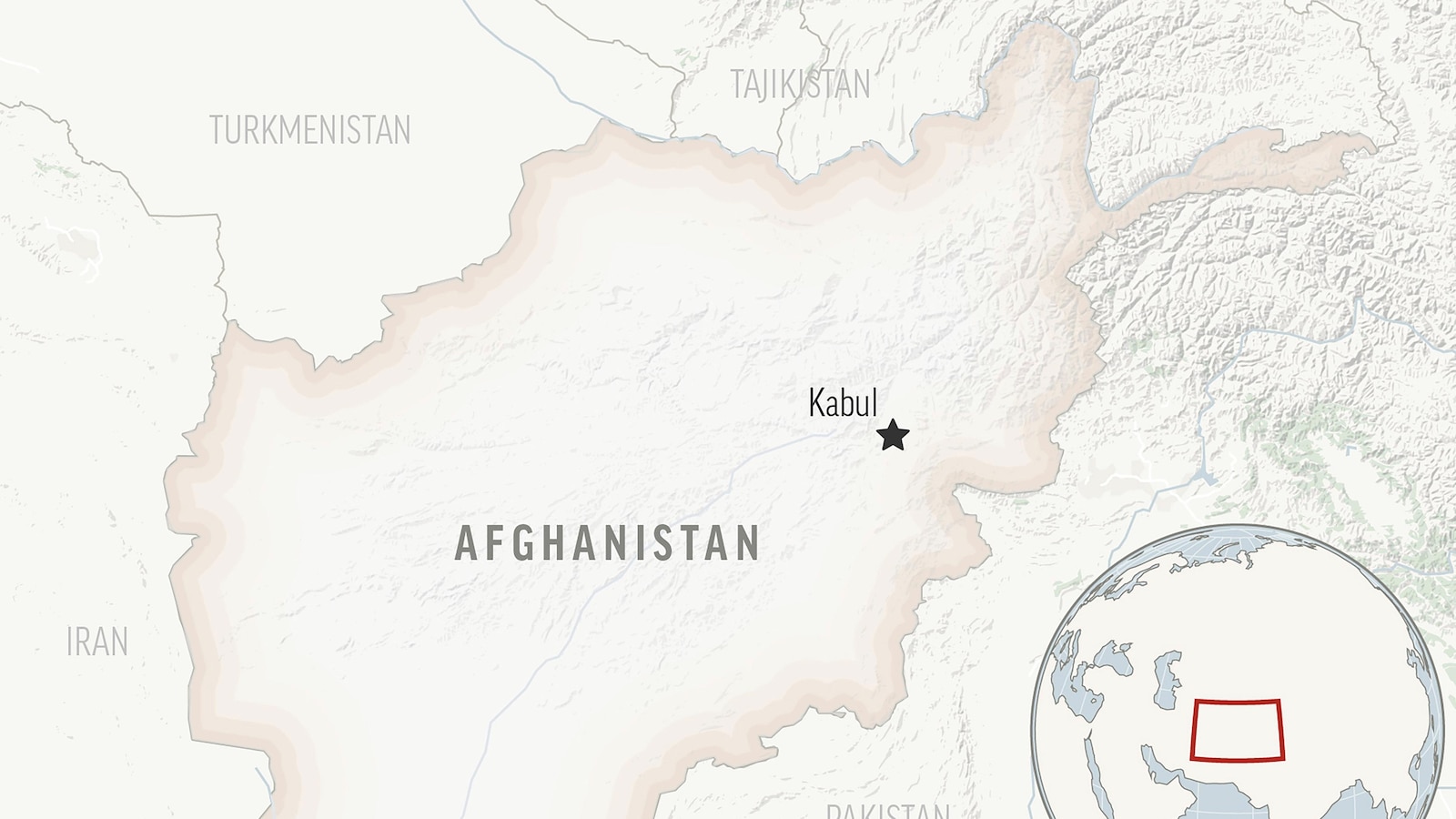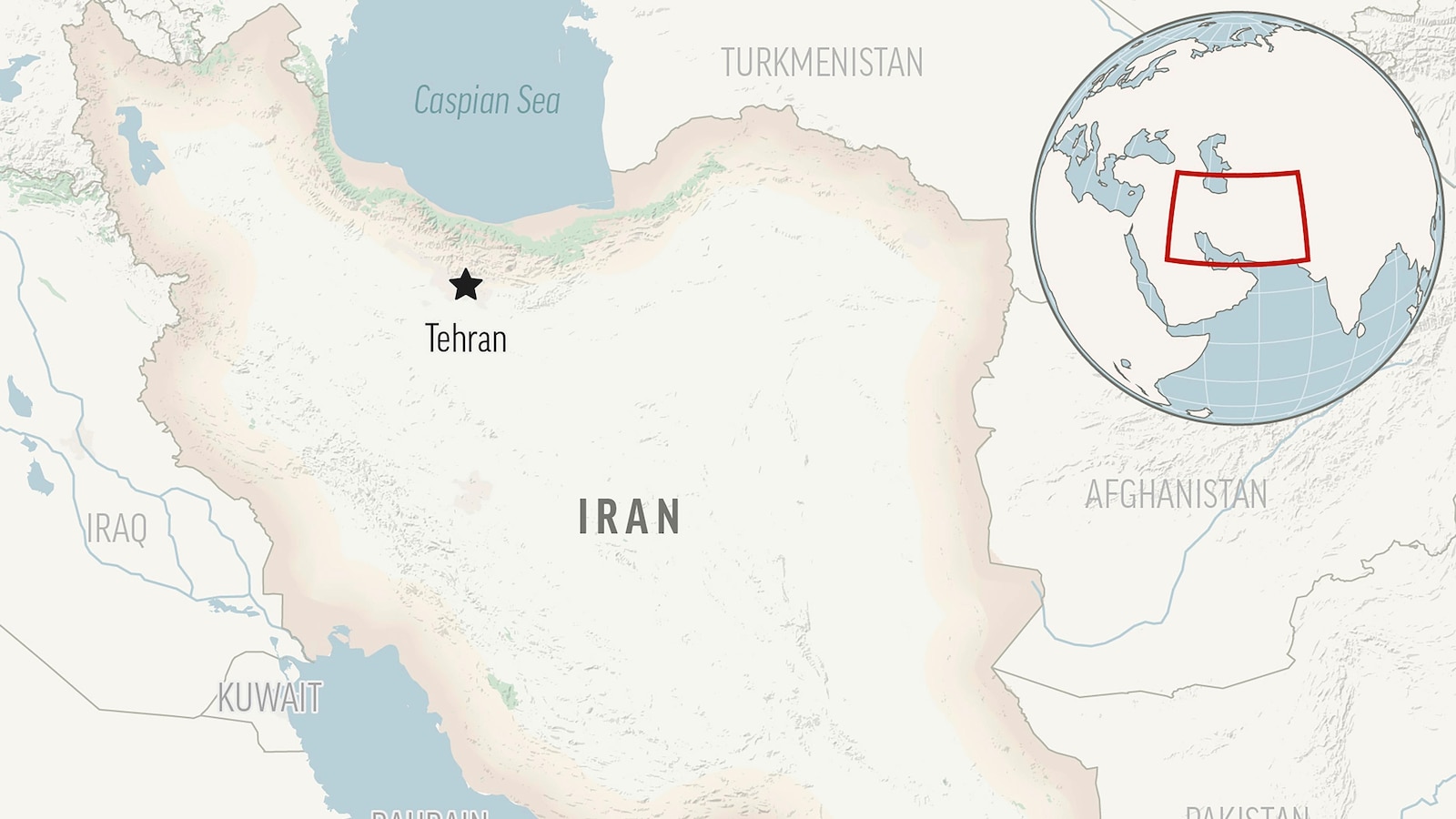
ISLAMABAD — About 6.5 million children in Afghanistan were forecast to experience crisis levels of hunger in 2024, nongovernmental organization Save the Children said.
Nearly 3 of 10 Afghan children will face crisis or emergency levels of hunger this year as the country feels the immediate impacts of floods, the long-term effects of drought, and the return of Afghans from neighboring Pakistan and Iran, according to a report released late Tuesday by Save The Children.
New figures from global hunger monitoring body Integrated Food Security Phase Classification forecast that 28% of Afghanistan’s population, about 12.4 million people, will face acute food insecurity before October. Of those, nearly 2.4 million are predicted to experience emergency levels of hunger, which is one level above famine, according to Save the Children.
The figures show a slight improvement from the last report, released in October 2023, but underline the continuing need for assistance, with poverty affecting 1 in 2 Afghans.
Torrential rain and flash floods hit northern Afghanistan in May, killing more than 400 people. Thousands of homes were destroyed or damaged and farmland was turned into mud.
Save the Children is operating a “clinic on wheels” in Baghlan province, which was hit the worst by floods, as part of its emergency response program. The organization added that an estimated 2.9 million children under the age of five are projected to suffer from acute malnutrition in 2024.
Arshad Malik, Country Director for Save the Children in Afghanistan, said the NGO has treated more than 7,000 children for severe or acute malnutrition so far this year.
“Those numbers are a sign of the massive need for continuing support for families as they experience shock after shock,” said Malik. Children are feeling the devastating impacts of three years of drought, high levels of unemployment, and the return of more than 1.4 million Afghans from Pakistan and Iran, he added.
“We need long-term, community-based solutions to help families rebuild their lives,” said Malik.
More than 557,000 Afghans have returned from Pakistan since September 2023, after Pakistan began cracking down on foreigners it alleges are in the country illegally, including 1.7 million Afghans. It insists the campaign is not directed against Afghans specifically, but they make up most of the foreigners in the South Asian country.
In April, Save the Children said a quarter of a million Afghan children need education, food and homes after being forcibly returned from Pakistan.
Malik added that only 16% of funding for the 2024 humanitarian response plan has been met so far, but nearly half the population needs assistance.
“This is not the time for the world to look away,” he said.
According to a recent report by the United Nations World Food Programme (WFP), nearly 30% of children in Afghanistan are experiencing crisis or emergency levels of hunger. This alarming statistic highlights the dire situation facing many families in the war-torn country, where food insecurity is a major issue.
The report found that over 3.2 million children under the age of five in Afghanistan are suffering from acute malnutrition, with many at risk of severe health complications if they do not receive adequate food and nutrition. This is a staggering number that underscores the urgent need for humanitarian assistance in the country.
The ongoing conflict in Afghanistan has only exacerbated the food crisis, with many families unable to access or afford nutritious food due to the instability and violence in the region. In addition, the COVID-19 pandemic has further strained food supplies and disrupted livelihoods, pushing more children into hunger and malnutrition.
The WFP and other humanitarian organizations are working tirelessly to provide food assistance to vulnerable families in Afghanistan, but the needs are overwhelming and resources are limited. More support is needed from the international community to ensure that children have access to the food and nutrition they need to thrive and survive.
In addition to providing immediate food assistance, efforts must also be made to address the root causes of hunger in Afghanistan, including poverty, lack of access to education and healthcare, and the impact of conflict on food security. Sustainable solutions that address these underlying issues are essential to ensuring that children in Afghanistan have a brighter future.
It is crucial that the world does not turn a blind eye to the hunger crisis facing children in Afghanistan. Every child deserves access to adequate food and nutrition, and it is our collective responsibility to ensure that no child goes hungry. By supporting humanitarian efforts and advocating for long-term solutions, we can help alleviate the suffering of children in Afghanistan and create a more food-secure future for all.


